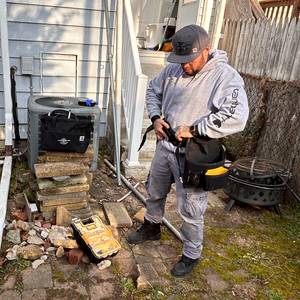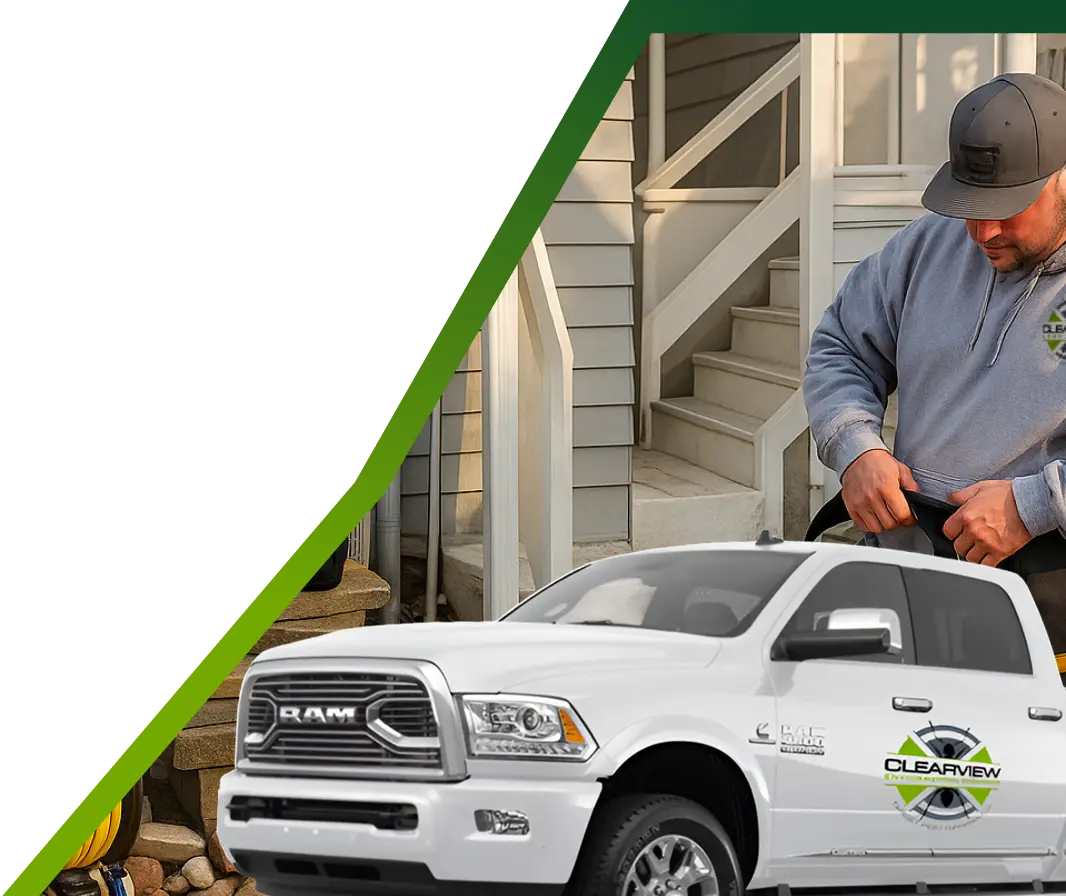Gophers may look harmless at first glance, but these underground rodents can cause serious and costly damage to residential gardens and landscaping. With strong digging claws and a near-constant appetite for plant roots, gophers are known to destroy lawns, vegetable patches, and ornamental plantings in short order. Recognizing their behavior and acting early is essential to minimizing gopher damage and preserving the health of your garden.
In this guide, we’ll explore how gophers operate, where they tend to strike, and what practical, long-term strategies homeowners can use to protect their outdoor spaces.

Recognizing the Signs of Gopher Activity
Gophers rarely show themselves above ground, which makes early detection a challenge. Most of the damage they cause occurs beneath the surface, targeting roots and irrigation systems. However, there are several clear indicators of a gopher problem that can be spotted with a careful eye.
Watch for these common signs:
- Crescent-shaped mounds of soil, typically fan-like in appearance, with no visible hole in the center
- Sudden plant death, particularly with plants that appear to have been pulled below the soil
- Soft or sunken patches in lawns or garden beds from tunnel collapse
- Chewed roots or tubers found during gardening or harvesting
- Disrupted irrigation lines due to burrowing activity
Spotting one or two of these issues may suggest early-stage gopher activity. The sooner a response is made, the better your chances of preventing widespread damage.
Why Gophers Target Gardens and Yards
Gophers are drawn to gardens for several reasons, primarily because of the soft, moist, and food-rich environment they provide. Well-watered soil makes digging easier for these burrowers, and gardens typically offer an abundant supply of root vegetables, flower bulbs, shrubs, and young trees. Landscaped yards, with their manicured lawns and consistent irrigation, offer ideal tunneling conditions with minimal resistance. Additionally, suburban and rural residential spaces often lack the natural predators that would otherwise keep gopher populations in check.
With fewer threats and an abundance of shelter, gophers see residential gardens and lawns as safe, resource-rich habitats. Their behavior is opportunistic, and without early detection, they can quickly expand their burrow networks under yards, raised beds, or even hardscapes like patios and walkways. A thoughtful approach to pest management can help reduce these risks by combining prevention, habitat modification, and long-term monitoring.
Garden Protection Techniques That Actually Work
Preventing gopher damage isn’t just about reacting after the fact. There are several strategies that, when applied together, reduce the likelihood of a gopher choosing your property as its next feeding ground.
Use these techniques to protect your garden:
- Install underground barriers using wire mesh or gopher baskets when planting new shrubs, trees, or flower beds.
- Choose gopher-resistant plants such as lavender, daffodils, rosemary, and salvia to discourage feeding.
- Compact the soil around garden borders and beds, making tunneling more difficult.
- Remove food sources like fallen fruit or loose tubers that can attract gophers.
- Install raised garden beds with hardware cloth lining the base for physical protection.
These measures create a layered defense that makes your garden less inviting to these destructive pests.
Missteps to Avoid When Addressing Gophers
One common mistake homeowners make is relying solely on ultrasonic or sonic repellent devices. While they may offer temporary relief, these devices often fail to cover large areas effectively, and gophers may adapt or relocate just a few feet away. Another issue is ignoring the early warning signs of gopher damage, such as mounds or dying plants. This gives gophers time to expand their tunnels and increase their reach throughout the yard.
Some individuals also resort to harsh chemical treatments, which can pose risks to beneficial soil organisms, pets, or neighboring plants without truly eliminating the core issue. Others might attempt to seal tunnel openings without addressing the main burrow system, leading to more aggressive digging elsewhere. Lastly, inconsistent follow-through, such as abandoning prevention efforts after a short break in activity, can result in gophers returning with little resistance. Knowing what not to do is just as important as knowing how to prevent them.
When to Seek Expert Help
Gophers are solitary creatures, but their impact is anything but minor. A single gopher can dig several hundred feet of tunnel in a short period, damaging plants, toppling young trees, and severing irrigation lines along the way. If your garden has repeated gopher activity, or if home methods aren’t producing results, it may be time to consult experts who understand local soil conditions and pest behavior.
You should consider a professional assessment when:
- Gopher mounds reappear after clearing
- Landscape investment is at risk (fruit trees, expensive plants)
- Damage to irrigation or utility lines is suspected
- Trapping or deterrents have failed multiple times
Working with a professional ensures the approach is safe, thorough, and customized to your property’s layout. While DIY prevention is helpful, large-scale infestations or persistent activity often require deeper insight and specialized tools to fully resolve.
Time to Guard Your Garden the Smart Way
Gophers can be tenacious, but that doesn’t mean your garden has to suffer. By understanding how gophers behave and where they’re most likely to strike, you can set up thoughtful, layered defenses that stop damage before it starts. And if the problem persists, having a professional on your side is the best way to protect your green spaces for good.For expert help with gopher control and garden protection, contact Clearview Pest Control for a personalized inspection and effective solution.



